Designer Fotis Evans' conceptual store windows for Hermès, New York
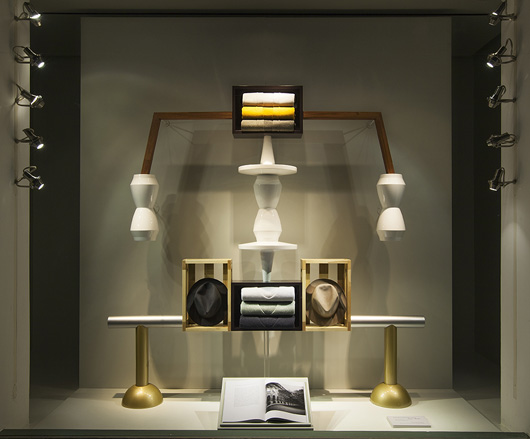
Great furniture doesn't always make great theatre, but the designer Fotis Evans has managed both. His multitasking modular furnishings amuse with both their form and their function, which is why his commissions often come from brands looking to turn product display into a major event.
Evans' windows for Hermès in New York dispense with the function entirely and focus on abstract forms borrowed from classical furnishings. Using as a text the remarkable 'Thomas Jefferson's Paris Walks', a visual chronicle of Jefferson's walking routes by the San Francisco-based boutique publisher Arion, Evans tells the history of late 18th-century Paris in five complex structures. Each employs elements of porcelain, black lacquer and verdigris tones to depict the era's spirit of discovery - however conceptually.
The London-based Greek isn't the first artist to have played window dresser for Hermès; the label recently launched a new store in Greenwich, Connecticut, with a scene by the Spanish installation artist Pamen Perreira. But here amid the high-end boutiques of Madison Avenue, Evans may have provoked a sea change - not only for his own burgeoning career but for shop windows as we know them.
We caught up with Evans in the run up to the launch...
What do you think it was about your work that first got Hermès' attention?
The director of digital merchandising mentioned that he saw the Book Stall System I designed for Somerset House. He suggested I design some sort of flea market installation in the windows, something that would display books, but I thought, 'Why make something so similar to what I'd made before?' I wanted to create something completely new from scratch.
Talk us through the concept.
I did a lot of research on Thomas Jefferson. Aside from the obvious, I learned about his sportsmanship - he loved horseback riding - his interest in architecture and the new innovations of that time. What really inspired me was that he was in Paris at the moment the city was seeing a building boom. And the most exquisite pieces of furniture were made at that time with exquisite detail. The city had reached the peak of excellence in craftsmanship.
My thought was to make some sort of sculptural work related to the settings of his walks. I looked at furniture and objects made by craftsmen at that time and isolated the materials - gold, silver, mahogany, porcelain, marble, Japanese lacquer - and said, 'OK, let's create something monumental,' because obviously this is what it was all about at that time. I put all the materials together into abstract figures - though some might say they have a specific meaning.
They do seem like they possess very specific qualities or functions.
There was lots of innovation happening at that time, so I wanted to reference it in the sculptures: the spinning jenny, hot-air balloon, the telescope… but again it's very abstract. In the end, the idea was to create some kind of memory, like a sculptural collage.
Were you nervous about taking a departure from the typical shop window, with all its flourishes and activity?
I think people are actually very bored of the literal. My idea was to take these over-the-top ideas and translate them with the epitome of craftsmanship. If you had 10 seconds to go back to that time, to tour all these places Jefferson went to, this is what it would look like reconstructed.
What I did was deconstruct all the scenes and furniture I found through my research and separate all the materials and recreate a memory that combines the innovations of that time.
It must have been a challenge to create a single object that would dominate each window space.
The challenge was to give focus to a specific point on each window. Your eye is completely lost if you can't focus on one thing at a time. But by collecting memories, images, materials, I wanted to give the person who passes by the idea that he has seen that moment in one single object. Every window tells a story of that time. But at the same time, it doesn't tell the same story for every passer-by. The object of the exercise was that every person who passes by says something new.
We haven't seen anything like this from Hermès. Was it a tough sell?
They're up for a challenge and always looking for new artists to create their windows. But they were also surprised when they first saw the sketches. They were worried how they'd make them. The objects combine so many materials, they had to be crafted by the best people in the city.
Where did you find those people?
I designed the project 100 percent, but I couldn't create it in London, so we trusted a group called Two Seven, which has experience making complicated things like this for window installations. I supervised them in how to make these five sculptures step by step and they followed to the letter.
What else have you been working on?
I recently worked with the jeweller Fernando Jorge, creating a series of stands for London Fashion Week that were made from volcanic sand. I took that material to another level. And that's what I'm planning to do again now. For quite a few months I've been working on a new material project - combining very new technology with very traditional, old materials, trying to take those materials to the next level.
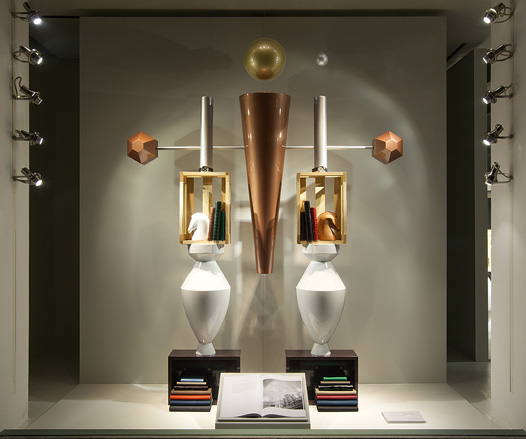
Inspired by 'Thomas Jefferson's Paris Walks', a remarkable new tome by the San Francisco-based boutique publisher Arion which visually chronicles the former US president's walking routes in Paris (Jefferson served as United States minister in Paris from 1784 to 1789), Evans tells the history of late 18th-century Paris in five complex structures
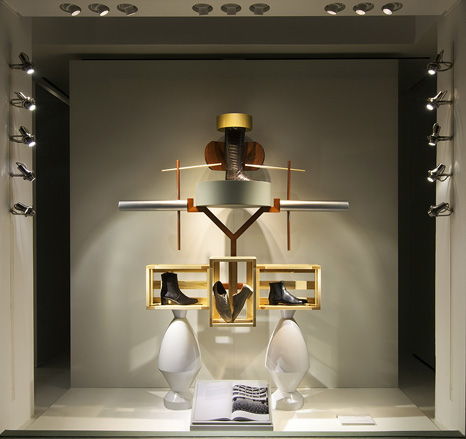
Each installation employs elements of porcelain, black lacquer and verdigris tones to depict, conceptually, the era's spirit of discovery
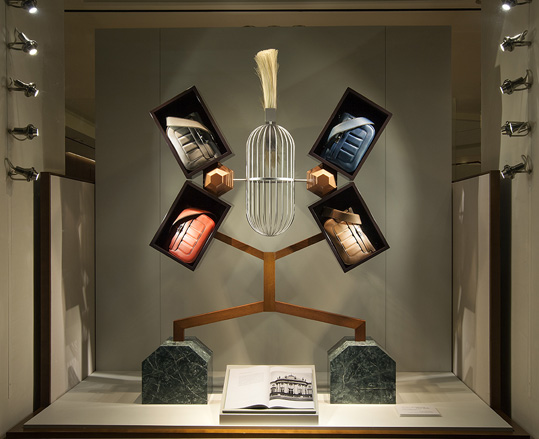
Evans says he referenced the innovations happening at that time - the spinning jenny, hot-air balloon, telescope - but in an entirely abstract way
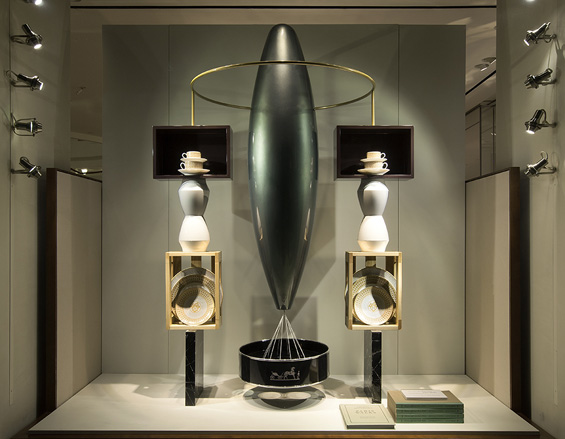
'The idea,' he says, 'was to create some kind of memory, like a sculptural collage'
ADDRESS
691 Madison Avenue
New York, NY
Receive our daily digest of inspiration, escapism and design stories from around the world direct to your inbox.
Based in London, Ellen Himelfarb travels widely for her reports on architecture and design. Her words appear in The Times, The Telegraph, The World of Interiors, and The Globe and Mail in her native Canada. She has worked with Wallpaper* since 2006.
-
 This cult Los Angeles pop-up restaurant now has a permanent address
This cult Los Angeles pop-up restaurant now has a permanent addressChef Brian Baik’s Corridor 109 makes its permanent debut in Melrose Hill. No surprise, it's now one of the hardest tables in town to book
-
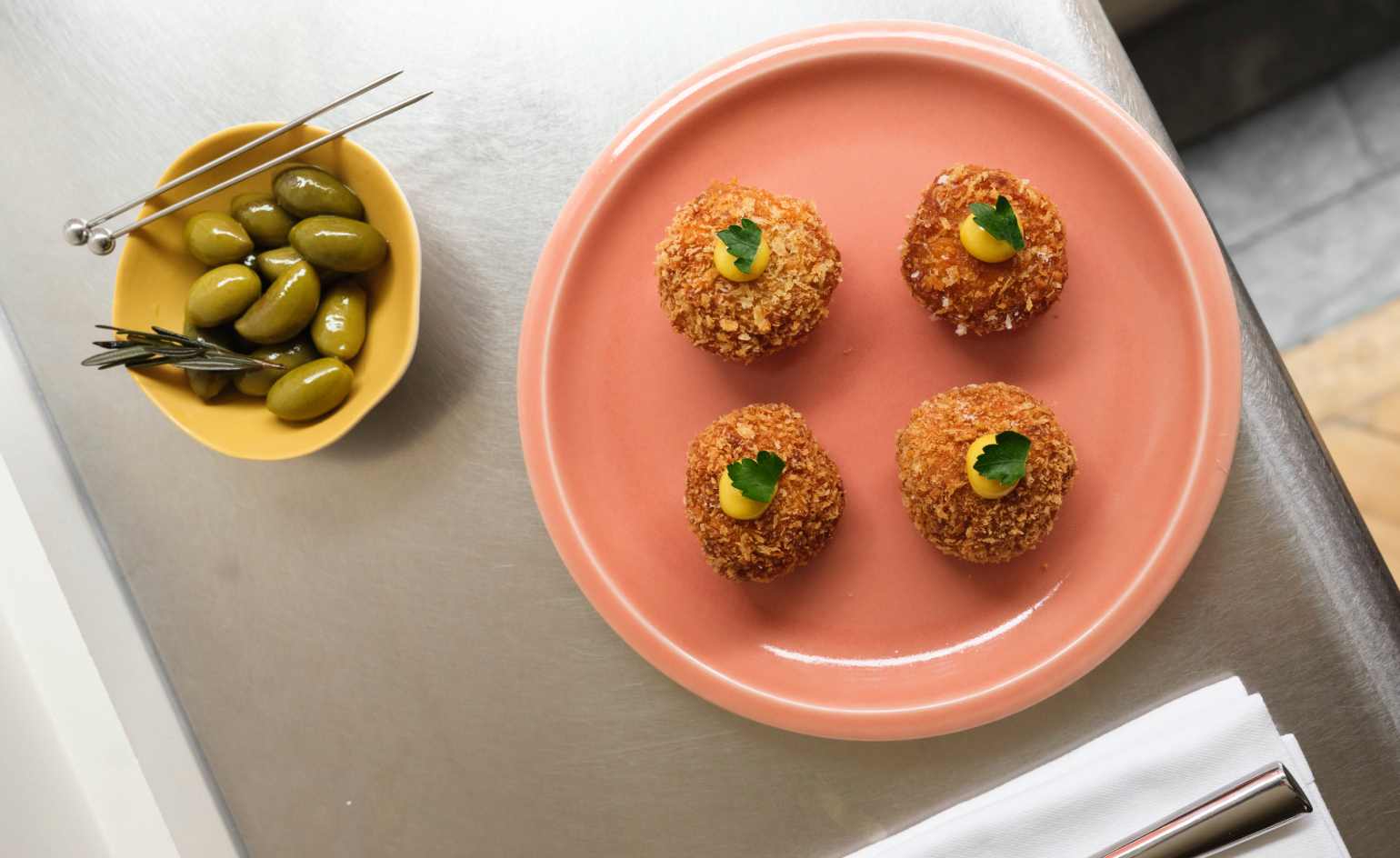 French bistro restaurant Maset channels the ease of the Mediterranean in London
French bistro restaurant Maset channels the ease of the Mediterranean in LondonThis Marylebone restaurant is shaped by the coastal flavours, materials and rhythms of southern France
-
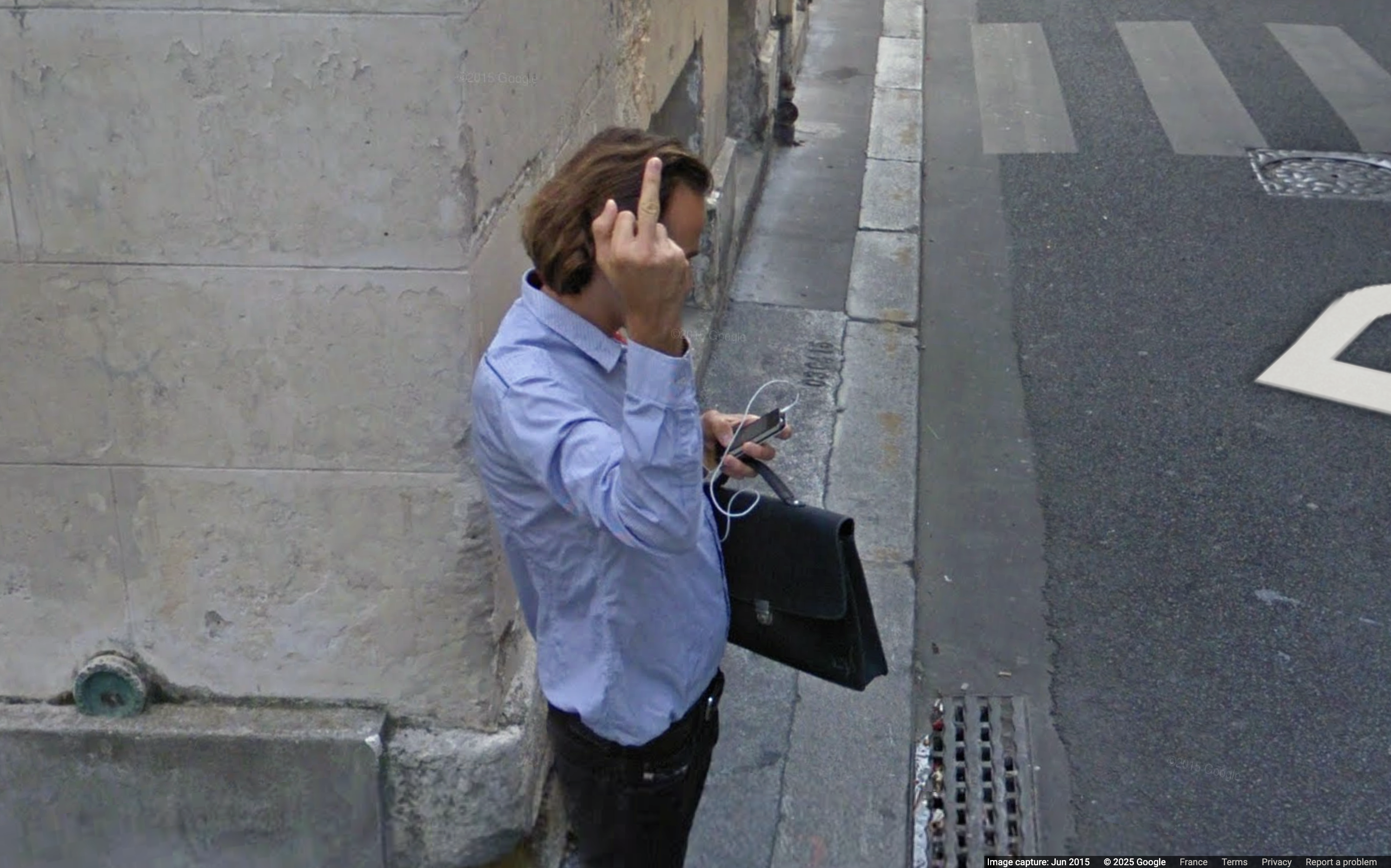 How ethical is Google Street View, asks Jon Rafman in Copenhagen
How ethical is Google Street View, asks Jon Rafman in CopenhagenIn 'Report a Concern - the Nine Eyes Archives' at Louisiana Museum of Art, Copenhagen, Jon Rafman considers technology's existential implications
-
 Eclectic and colourful, Charlie Ferrer’s home reflects the interior designer’s personal and professional evolution
Eclectic and colourful, Charlie Ferrer’s home reflects the interior designer’s personal and professional evolutionThe New York interior designer invites us into his new Greenwich Village home: come on in
-
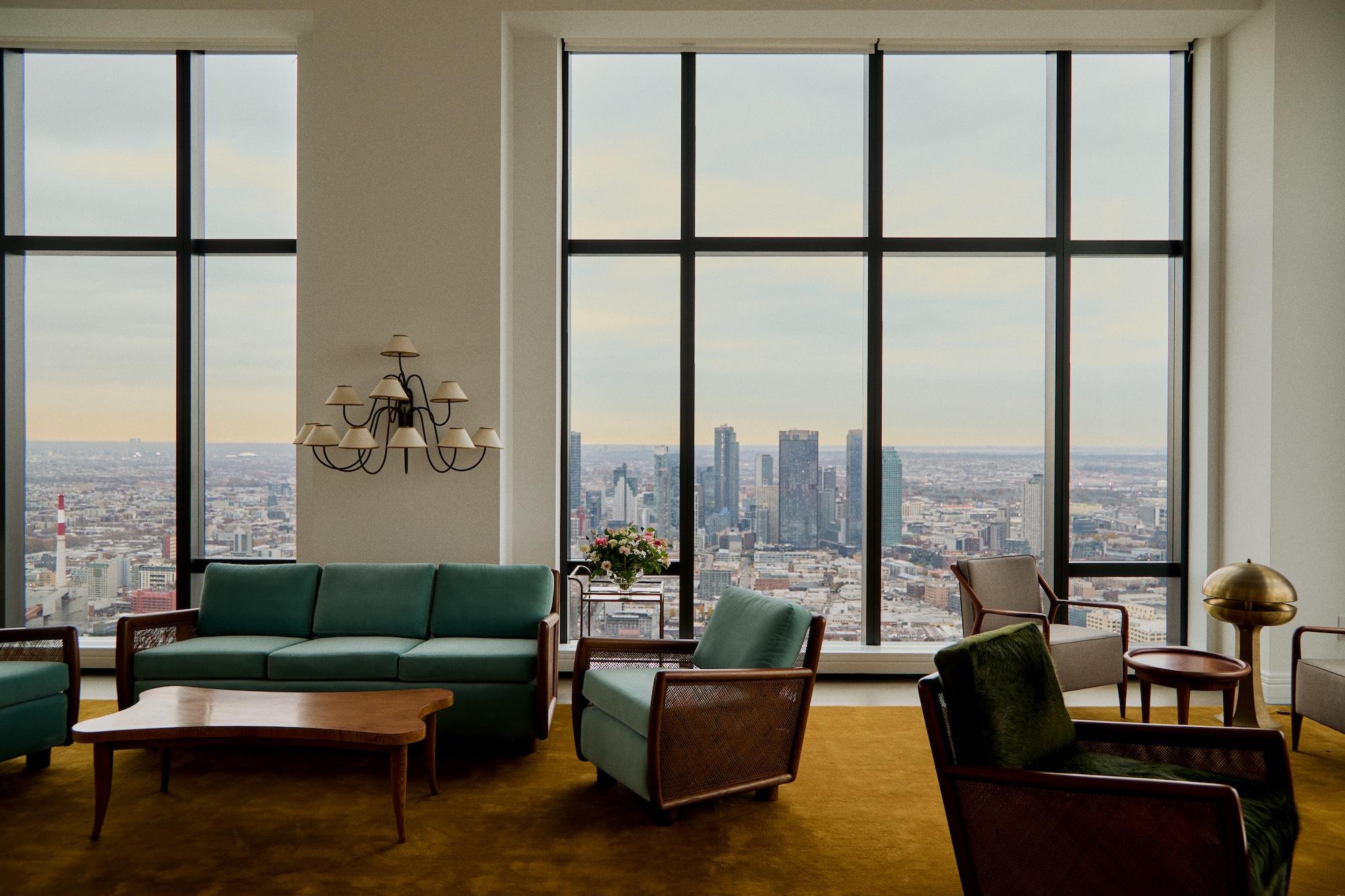 A breathtaking exhibition celebrating modernism’s transatlantic ties soars above Manhattan
A breathtaking exhibition celebrating modernism’s transatlantic ties soars above ManhattanCurated by interior designer Andre Mellone, 'Crossed Trajectories' at Galerie Gabriel's penthouse explores connections between nomadic post-war creatives Jean Royère, Roberto Platé and more
-
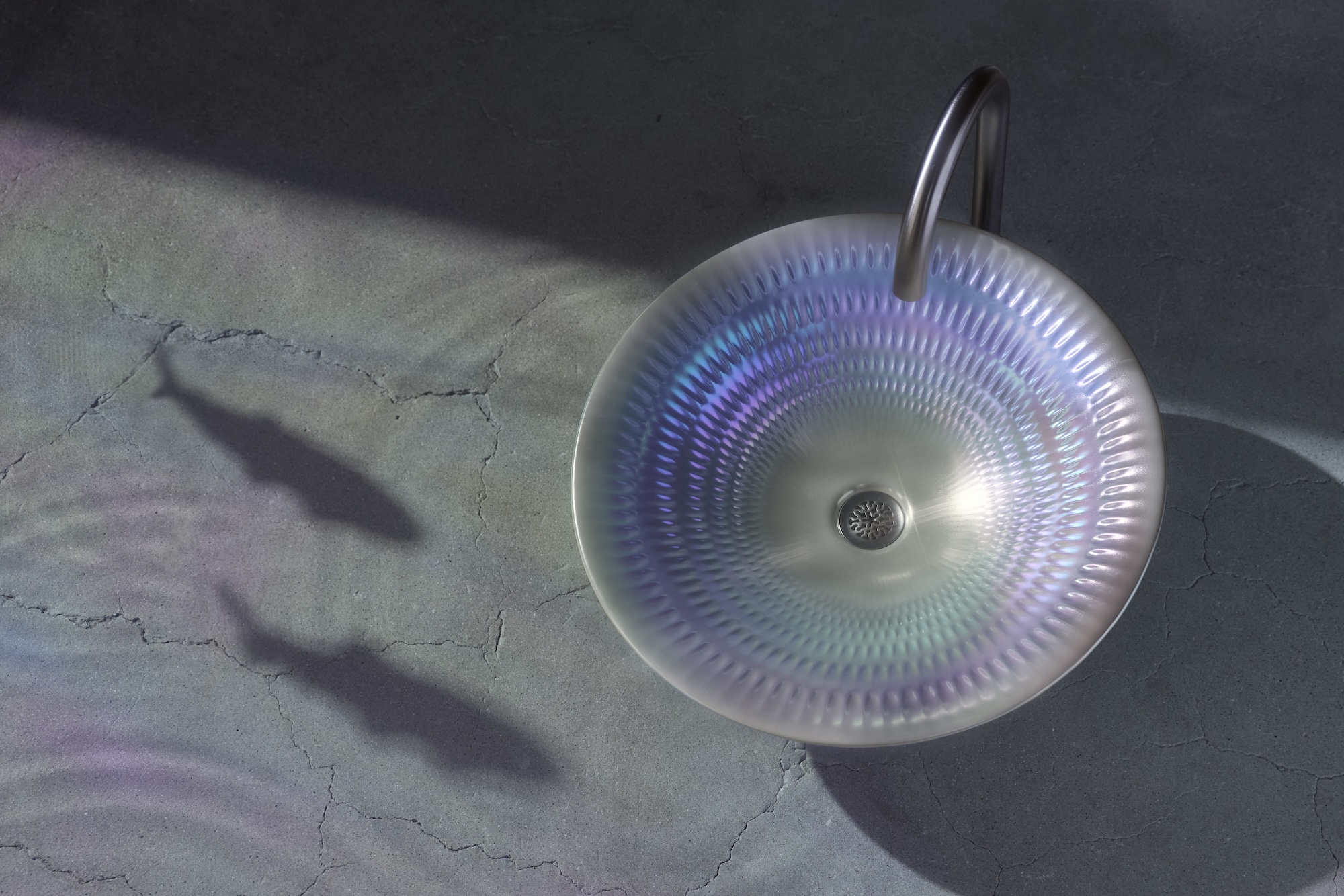 Kohler unveils ‘Pearlized’, an iridescent new bathroom finish with an under-the-sea backstory
Kohler unveils ‘Pearlized’, an iridescent new bathroom finish with an under-the-sea backstoryArtist David Franklin was inspired by glimmering fish scales and sunsets for this mesmerising debut
-
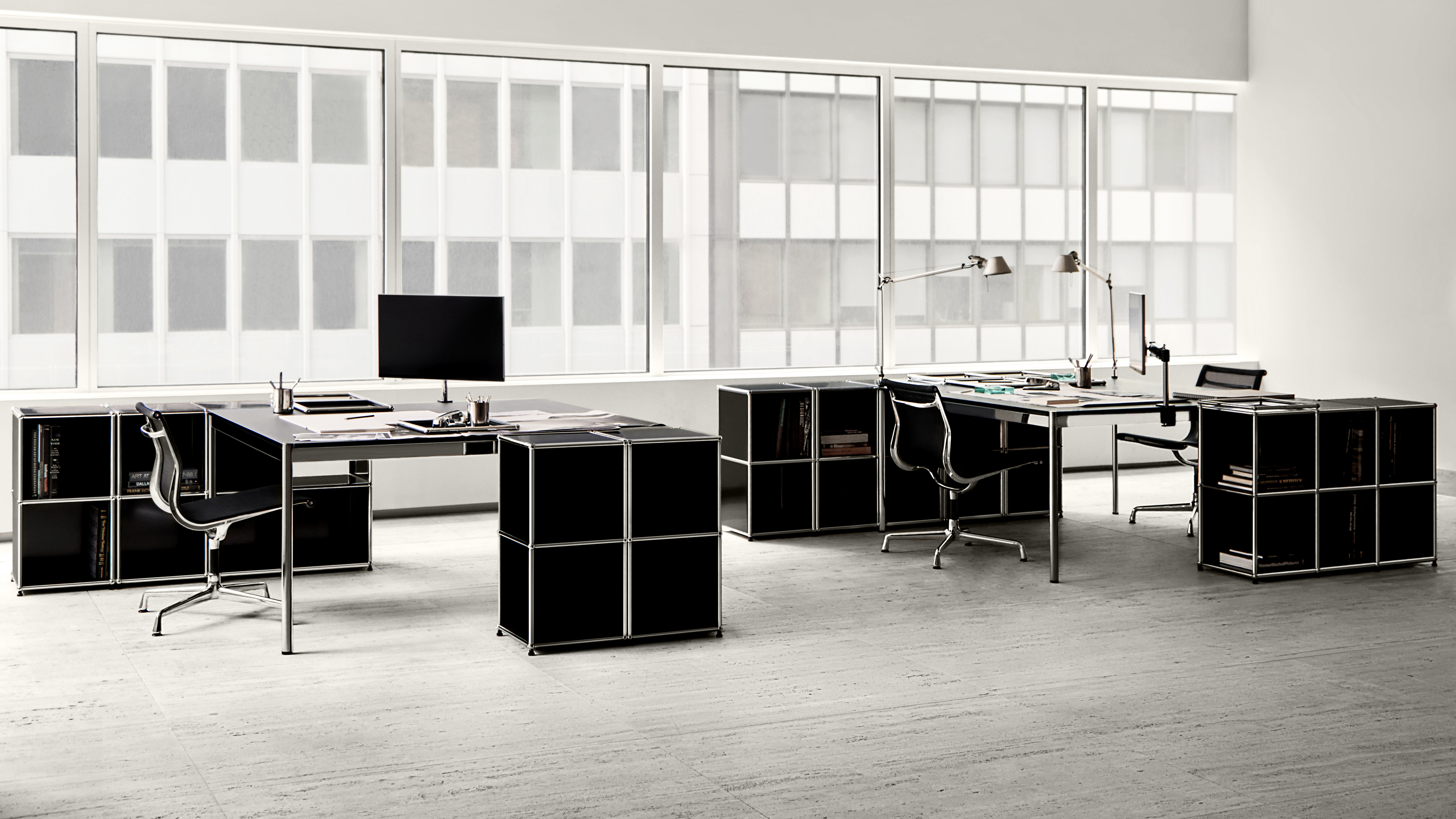 USM and Alexander May Studio present a monochrome meditation on the modern workspace
USM and Alexander May Studio present a monochrome meditation on the modern workspaceThese six flexible workspaces ‘encourage clarity of thought, calm, and self-definition’, says New York designer Alexander May of his partnership with the modular furniture brand
-
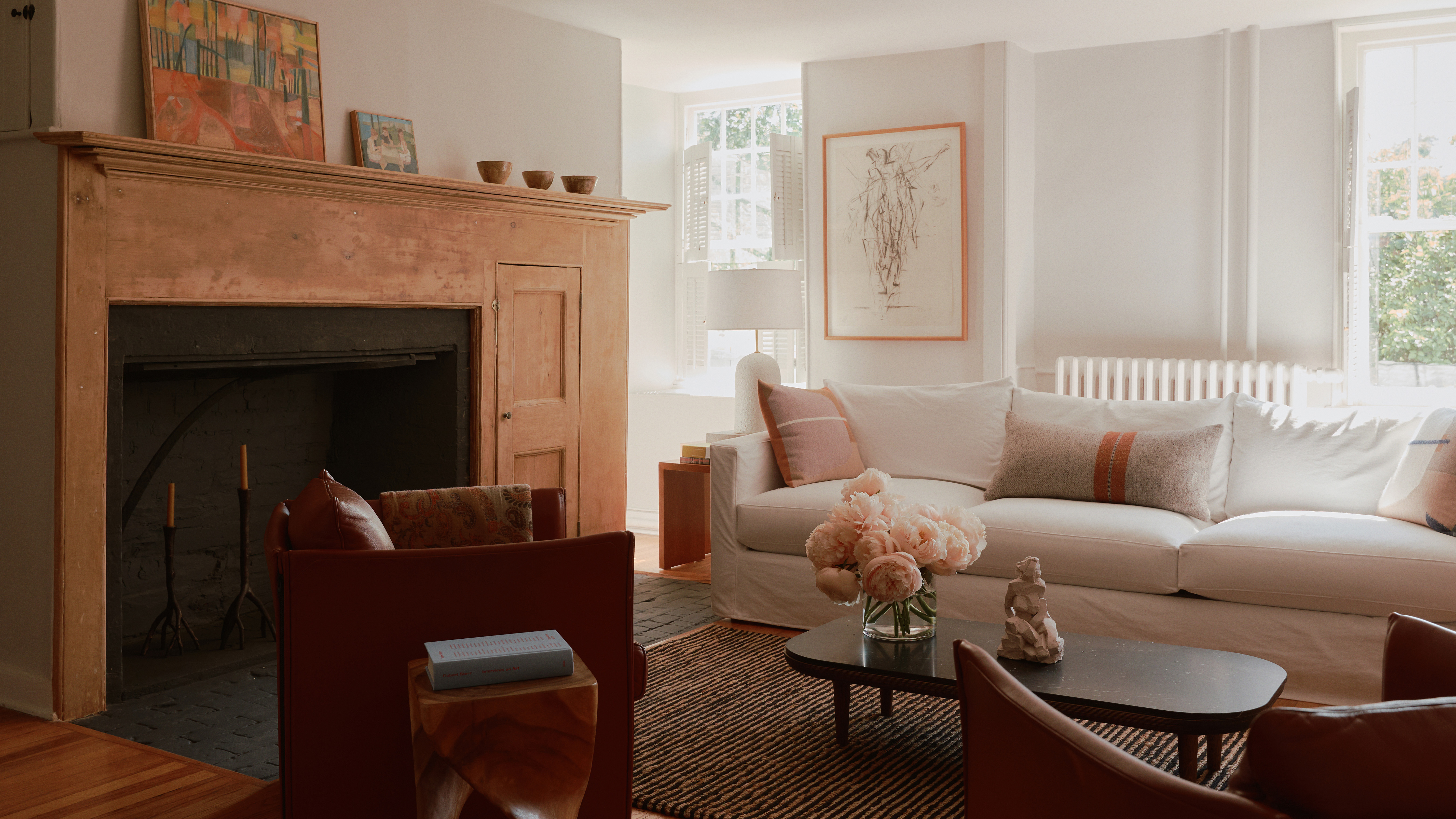 Once overrun with florals, this old Hudson farmhouse is now a sprawling live-work artist’s retreat
Once overrun with florals, this old Hudson farmhouse is now a sprawling live-work artist’s retreatBuilt in the 1700s, this Hudson home has been updated into a vast creative compound for a creative, yet still exudes the ‘unbuttoned’ warmth of its first life as a flower farm
-
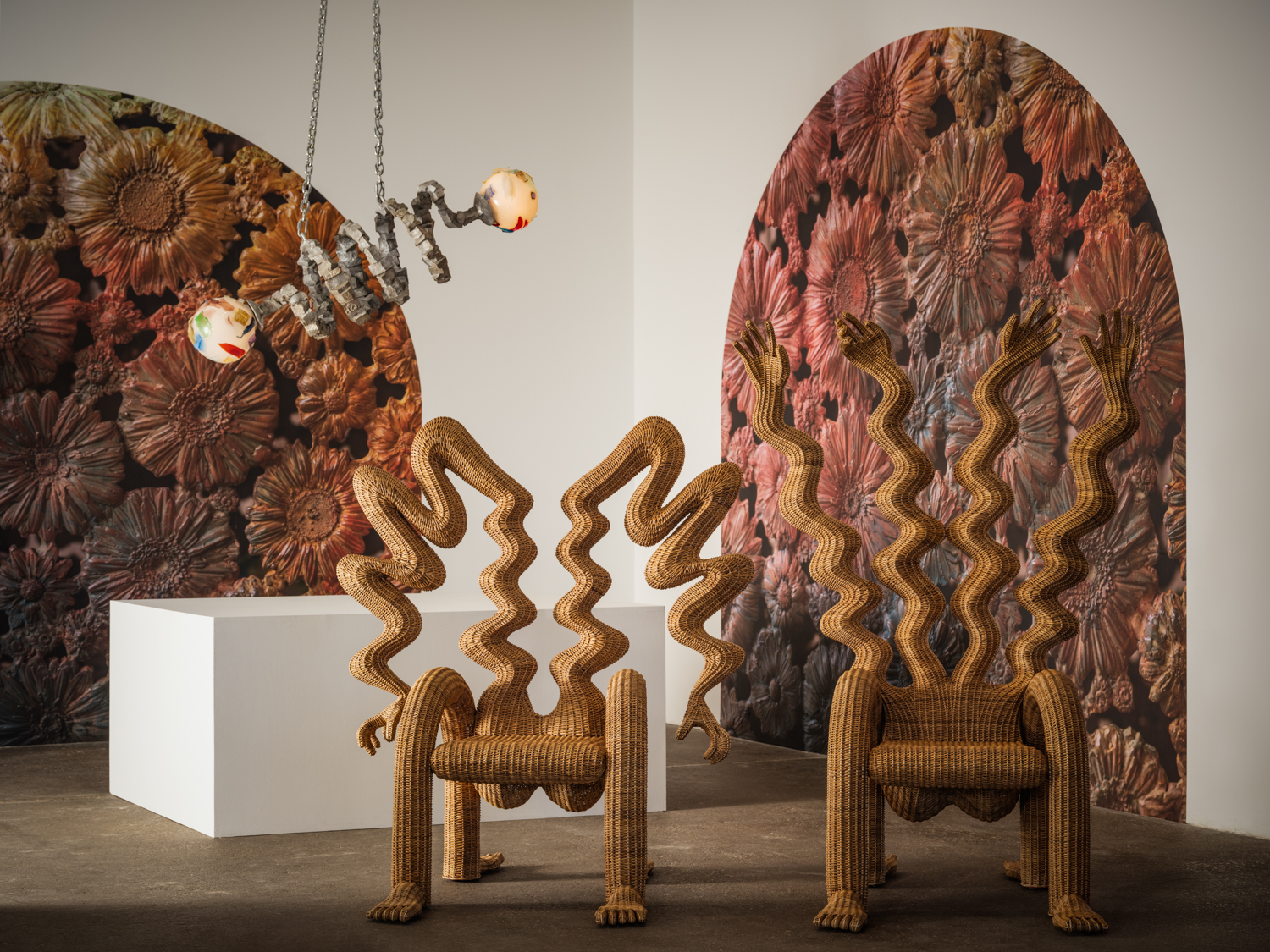 Chris Wolston’s first-ever museum show bursts with surreal forms and psychedelic energy
Chris Wolston’s first-ever museum show bursts with surreal forms and psychedelic energy‘Profile in Ecstasy,’ opening at Dallas Contemporary on 7 November, merges postmodern objects with Colombian craft techniques
-
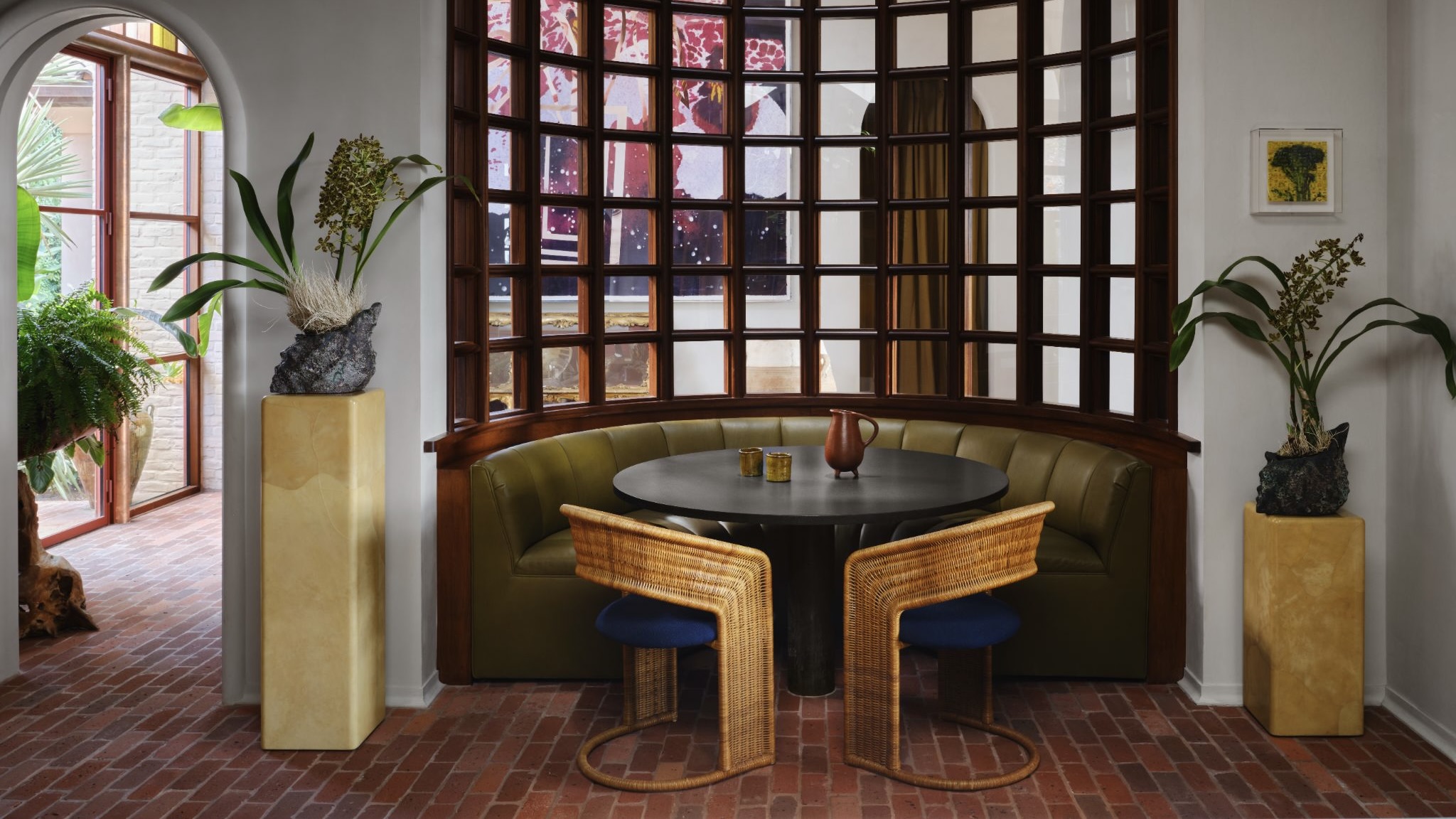 How an Austin home went from 'Texan Tuscan' to a lush, layered escape inspired by the Alhambra
How an Austin home went from 'Texan Tuscan' to a lush, layered escape inspired by the AlhambraThe intellectually curious owners of this Texas home commissioned an eclectic interior – a true ‘cabinet of curiosities’ layered with trinkets and curios
-
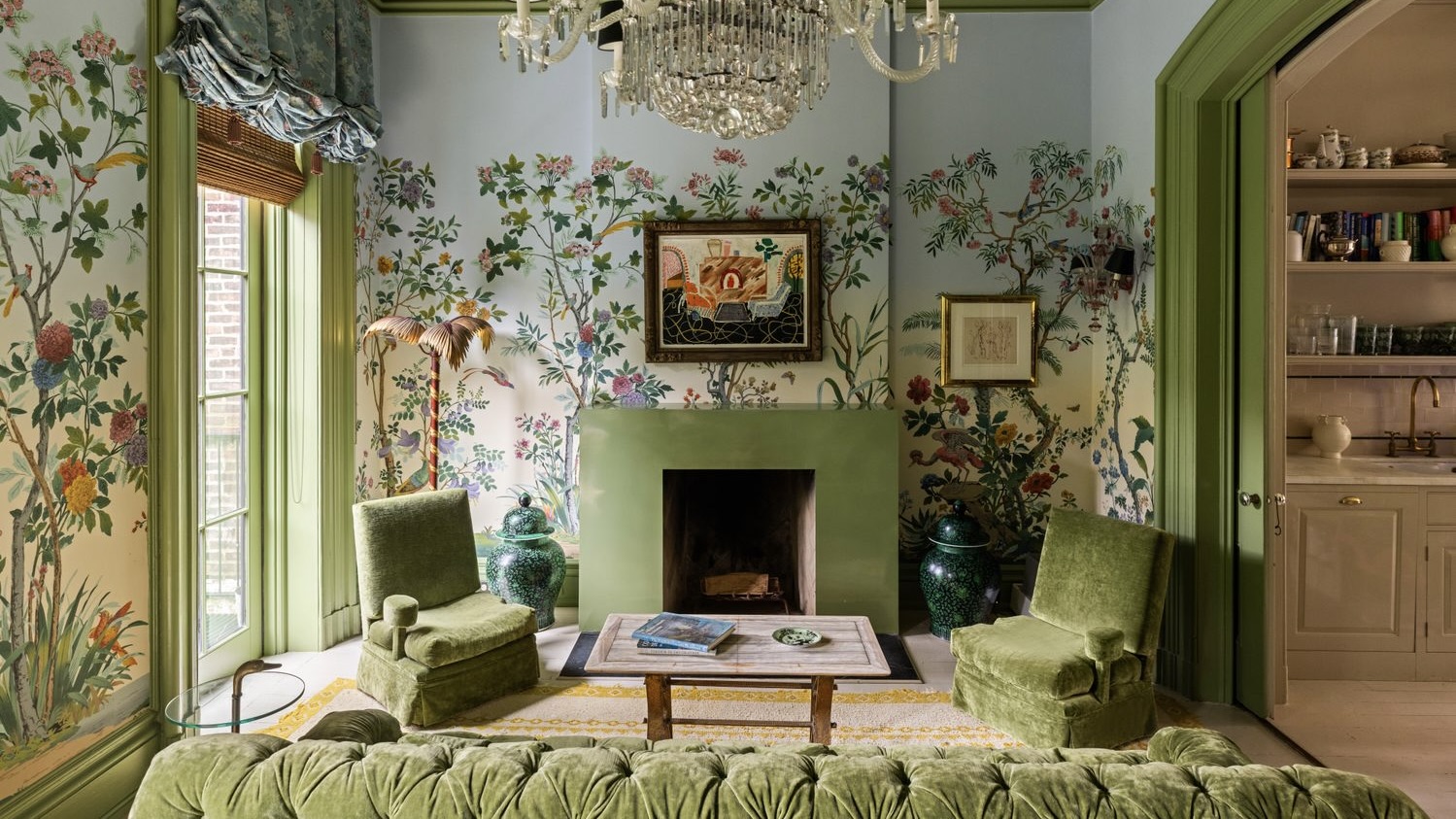 Inside Lily Allen and David Harbour's maximalist Brooklyn townhouse, now on the market for $8 million
Inside Lily Allen and David Harbour's maximalist Brooklyn townhouse, now on the market for $8 millionThe former couple have listed their Billy Cotton-renovated Carroll Gardens brownstone, which has been immortalised in Allen’s new album ‘West End Girl’